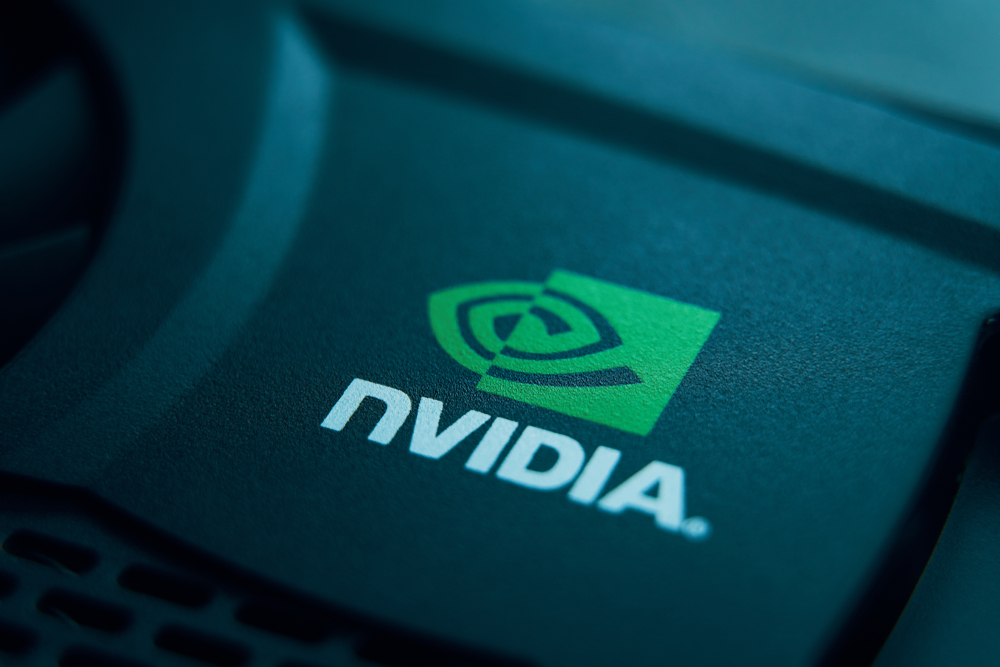Nvidia Jetson chips make IoT devices vulnerable to attack
Flaws could allow hackers to mount DoS attacks


Nvidia has patched several vulnerabilities in its Jetson system-on-module (SOM) series chips that hackers could have exploited to escalate privileges and mount denial-of-service (DoS) attacks.
The products affected by the vulnerabilities include the Jetson TX1, TX2 series, TX2 NX, AGX Xavier series, Xavier NX, Nano, and Nano 2GB running Jetson Linux versions before 32.5.1. The product line comprises embedded Linux AI and computer vision compute modules and developer kits for AI-based computer vision applications and autonomous systems, such as mobile robots and drones.
The most severe vulernability is tracked as CVE-2021-34372 and has a CVSS score of 8.2. This buffer overflow flaw in its Trusty trusted execution environment (TEE) could result in information disclosure, escalation of privileges, and denial-of-service.
“[The] driver contains a vulnerability in the NVIDIA OTE protocol message parsing code where an integer overflow in a malloc() size calculation leads to a buffer overflow on the heap, which might result in information disclosure, escalation of privileges, and denial of service (DoS),” according to Nvidia’s security bulletin,
Other problems fixed by the patches include memory corruption, stack overflows, and missing bounds checks in the TEE. There are also heap overflows affecting the Bootloader that could lead to arbitrary code execution, denial-of-service, and information disclosure.
"Earlier software branch releases that support this product are also affected," Nvidia said. "If you are using an earlier branch release, upgrade to the latest 32.5.1 release. If you are using the 32.5.1 release, update to the latest Debian packages."
Andy Norton, European cyber risk officer at Armis, told IT Pro that the flaws affecting IoT devices are major blind spots for organizations, which have traditionally built an in-depth defense strategy around their IT environment involving anti-virus and host-based security tools. According to Norton, Internet of Things (IoT) devices change that approach because the device cannot accept an outside agent that can check for behavior changes and signs of compromise.
Get the ITPro daily newsletter
Sign up today and you will receive a free copy of our Future Focus 2025 report - the leading guidance on AI, cybersecurity and other IT challenges as per 700+ senior executives
RELATED RESOURCE

IT Pro 20/20: What the EU's new AI rules mean for business
The 17th issue of IT Pro 20/20 considers the effect of new regulations on the IT industry
“A different approach is required to secure IoT devices to an appropriate and proportionate level in line with other IT devices. One approach, for instance, is a gene pool approach: a huge data set of IoT devices and the activities they exhibit,” Norton said.
“AI can be used to hunt for outliers in IoT behavior by comparing an IoT device to its previous activity, the activity of other similar devices in the organization, and other devices from the same gene pool across all organizations. It is this knowledge base that will enhance the security approach for IoT devices and is a better substitute compared with the conventional agent-based methodologies we see in the IT world."
Rene Millman is a freelance writer and broadcaster who covers cybersecurity, AI, IoT, and the cloud. He also works as a contributing analyst at GigaOm and has previously worked as an analyst for Gartner covering the infrastructure market. He has made numerous television appearances to give his views and expertise on technology trends and companies that affect and shape our lives. You can follow Rene Millman on Twitter.
-
 Should AI PCs be part of your next hardware refresh?
Should AI PCs be part of your next hardware refresh?AI PCs are fast becoming a business staple and a surefire way to future-proof your business
By Bobby Hellard Published
-
 Westcon-Comstor and Vectra AI launch brace of new channel initiatives
Westcon-Comstor and Vectra AI launch brace of new channel initiativesNews Westcon-Comstor and Vectra AI have announced the launch of two new channel growth initiatives focused on the managed security service provider (MSSP) space and AWS Marketplace.
By Daniel Todd Published
-
 Hackers are targeting Ivanti VPN users again – here’s what you need to know
Hackers are targeting Ivanti VPN users again – here’s what you need to knowNews Ivanti has re-patched a security flaw in its Connect Secure VPN appliances that's been exploited by a China-linked espionage group since at least the middle of March.
By Emma Woollacott Published
-
 Broadcom issues urgent alert over three VMware zero-days
Broadcom issues urgent alert over three VMware zero-daysNews The firm says it has information to suggest all three are being exploited in the wild
By Solomon Klappholz Published
-
 Nakivo backup flaw still present on some systems months after firms’ ‘silent patch’, researchers claim
Nakivo backup flaw still present on some systems months after firms’ ‘silent patch’, researchers claimNews Over 200 vulnerable Nakivo backup instances have been identified months after the firm silently patched a security flaw.
By Solomon Klappholz Published
-
 Everything you need to know about the Microsoft Power Pages vulnerability
Everything you need to know about the Microsoft Power Pages vulnerabilityNews A severe Microsoft Power Pages vulnerability has been fixed after cyber criminals were found to have been exploiting unpatched systems in the wild.
By Solomon Klappholz Published
-
 Vulnerability management complexity is leaving enterprises at serious risk
Vulnerability management complexity is leaving enterprises at serious riskNews Fragmented data and siloed processes mean remediation is taking too long
By Emma Woollacott Published
-
 A critical Ivanti flaw is being exploited in the wild – here’s what you need to know
A critical Ivanti flaw is being exploited in the wild – here’s what you need to knowNews Cyber criminals are actively exploiting a critical RCE flaw affecting Ivanti Connect Secure appliances
By Solomon Klappholz Published
-
 Researchers claim an AMD security flaw could let hackers access encrypted data
Researchers claim an AMD security flaw could let hackers access encrypted dataNews Using only a $10 test rig, researchers were able to pull off the badRAM attack
By Solomon Klappholz Published
-
 A journey to cyber resilience
A journey to cyber resiliencewhitepaper DORA: Ushering in a new era of cyber security
By ITPro Published